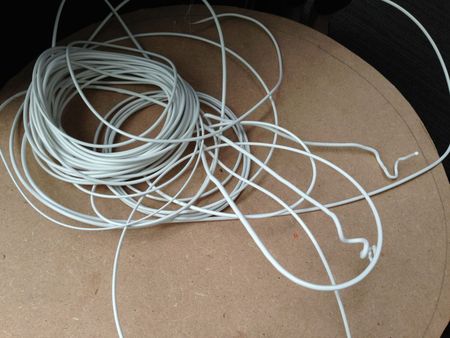Recently several ventures have attempted to produce devices for producing your own 3D printer plastic filament. The idea is that you can purchase plastic pellets at a fraction of the price of filament, feed them into the filament machine, which then extrudes filament for you to spool.
There’s another way to use these devices: you can recycle your old 3D prints. We have a great many of these, as you likely do. Half finished objects from failed prints. Items that came unstuck during printing, those that ran out of filament, from when the filament broke or even during a power failure. Every 3D printer owner will have mountains of them.
But can they be recycled? Yes, if you have a way to grind them up into pellet-sized pieces for feeding into a filament maker. In fact, you can recycle other plastic items that happen to be laying about.
But there’s a problem aside from ensuring you select items of a consistent color for recycling: safety.
Unless you are quite certain of the pedigree of your plastic items, you should be cautious. Some plastics have been colored with toxic material, and heating it could release toxins into the air. You’ll be heating the suspicious plastic not once, but twice: once to make it into filament and again to print it.
Our recommendation: recycle plastic, but always use plastic from a known source, one that you’ve previously purchased from a supplier you’re certain has not used toxic plastic.


